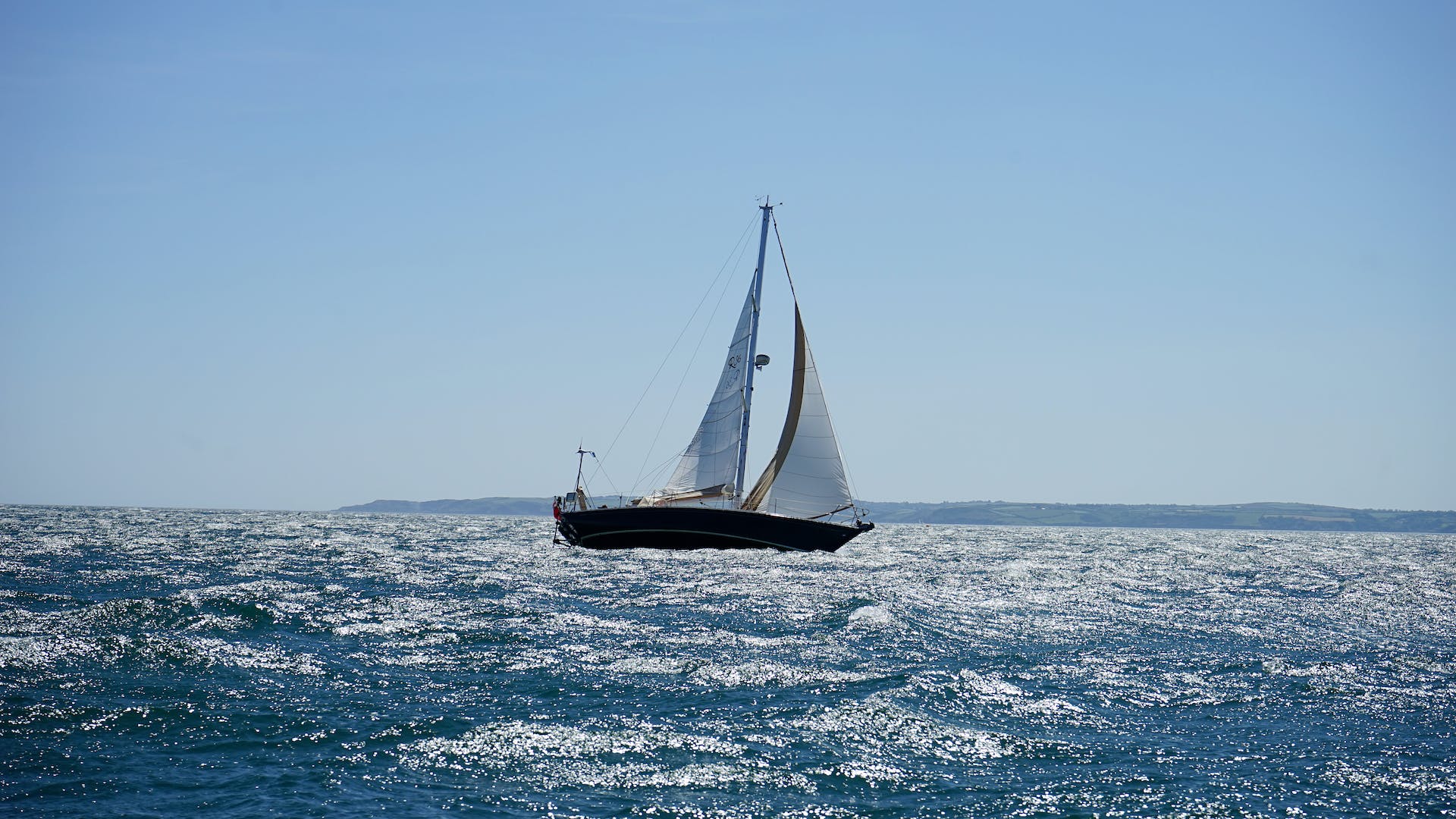What Wind Speed Causes Rough Seas?
Introduction
Sailing is one of the oldest forms of transportation and recreation, with a long history and deep roots in maritime culture and tradition.
As such, it is important for sailors to understand the forces that affect their journey, particularly when it comes to wind speed and sea conditions.
In this article, we’ll discuss what wind speed causes rough seas, as well as the other factors that influence sailing conditions and how to prepare for them before setting sail.
Overview Of The Beaufort Wind Force Scale
The Beaufort Wind Force Scale is a classification system used by sailors to measure wind speed on a scale from 0 – 12, with each number corresponding to an increasing level of intensity in knots (nautical miles per hour).
This system has been around since 1806 and is still widely used by sailors today as it provides a useful way of measuring wind speed quickly and accurately.
Factors That Determine Wind Speed
Wind speed is influenced by a variety of factors including air pressure, temperature, geography, and terrain. The higher the air pressure, the stronger the wind, warm air rises faster than cold air, land masses and mountains can create turbulence, and high altitudes create stronger winds due to decreased air density at higher levels in the atmosphere.
All of these factors combine to create ever-changing wind speeds which can make sailing conditions unpredictable at times.
How Wind Speed Impacts Sea Conditions
Wind speed directly impacts sea conditions because strong winds can stir up large waves which can make sailing difficult if not impossible in some cases. When waves become too large or choppy it can be dangerous for smaller vessels or inexperienced sailors who may not be equipped or experienced enough to handle those conditions safely.
As such, understanding what wind speed causes rough seas is an important part of being a safe sailor who understands their limits and knows when to turn back if conditions get too hazardous for their vessel or crew.
Mean Wind Speed and Sea Descriptive Terms
The mean wind speed refers to the average over time for any given location or region, however, there are also descriptive terms used by sailors to describe sea conditions based on mean wind speeds: calm (0 – 7 knots), light (7 – 15 knots), moderate (15 – 25 knots), strong (25 – 38 knots), gale (38 – 55 knots), storm (55 + knots).
These terms allow sailors to quickly assess sea conditions before setting out on their voyage so they can make informed decisions about whether it is safe to sail in those conditions or not.
Understanding Knots
Knots are used as a unit of measurement for sailing speeds because they refer specifically to nautical miles per hour rather than regular miles per hour as found on land vehicles, 1 knot = 1 nautical mile per hour = 1.15 regular miles per hour).
Knowing this makes it easier for sailors to accurately measure their speed when travelling over water, however, when assessing sea conditions it’s important not only to consider your own vessel’s speed but also any other vessels in your vicinity so you can take precautions if necessary to avoid collisions or other potential hazards due to changing sea conditions caused by an increase in windspeed beyond what’s expected in your area.
The Wind Speed That Causes Rough Seas
Rough seas generally occur when wind speeds reach 30+ knots which is approximately 8 on the Beaufort scale, however, this number can vary depending on location due to different factors mentioned above such as geography, terrain, or altitude which all influence windspeed respectively in different areas so it’s important for sailors to be aware of local weather patterns when planning their voyage as well as keep an eye out for any sudden changes in windspeed that could indicate potential danger ahead due to rough seas caused by strong winds beyond what would normally be expected at that location or time period during the year – even if those winds don’t reach 30+ knots according to the Beaufort scale!
Impact Of Rough Seas On Sailing
Rough seas caused by strong winds can make sailing difficult due to large swells that may cause vessels to pitch uncontrollably or make navigating difficult due decreased visibility from heavy spray thrown up off the surface of the water which can temporarily obscure landmarks or other navigation aids needed while underway – all while making progress slower than usual if possible at all depending on how severe sea conditions become!
How To Prepare For Rough Seas Before Setting Sail
In order to best prepare for rough seas before setting sail there are several steps that should be taken including: checking local weather forecasts regularly, monitoring local radios for any sudden changes in windspeed, ensuring all navigation aids are up-to-date and working properly, ensuring proper safety equipment such as life jackets are on board, reviewing emergency procedures with crew members prior departure, stowing away loose items aboard your vessel that may fly off during high winds, reducing sail area where possible if necessary for safety reasons, being mindful about crew fatigue so everyone stays alert during long voyages where changing sea conditions could occur suddenly without time for rest breaks between shifts etc.
Conclusion
Sailing requires knowledge about many different aspects ranging from boat maintenance and navigation skills all the way through understanding what kind of weather patterns will affect your voyage most severely – with strong winds causing rough seas being one of them!
By understanding what wind speed causes rough seas you’ll be better prepared before setting sail as well as able take necessary precautions while underway should you encounter these waves during your journey – allowing you enjoy your voyage safely while having peace-of-mind knowing you’re doing everything you can do ensure a safe return home!







